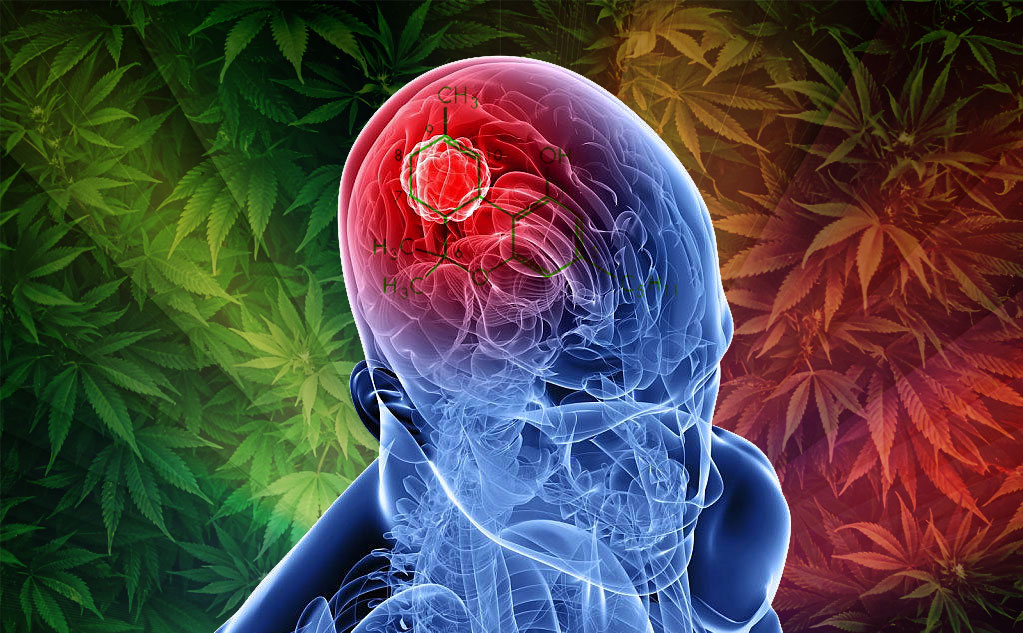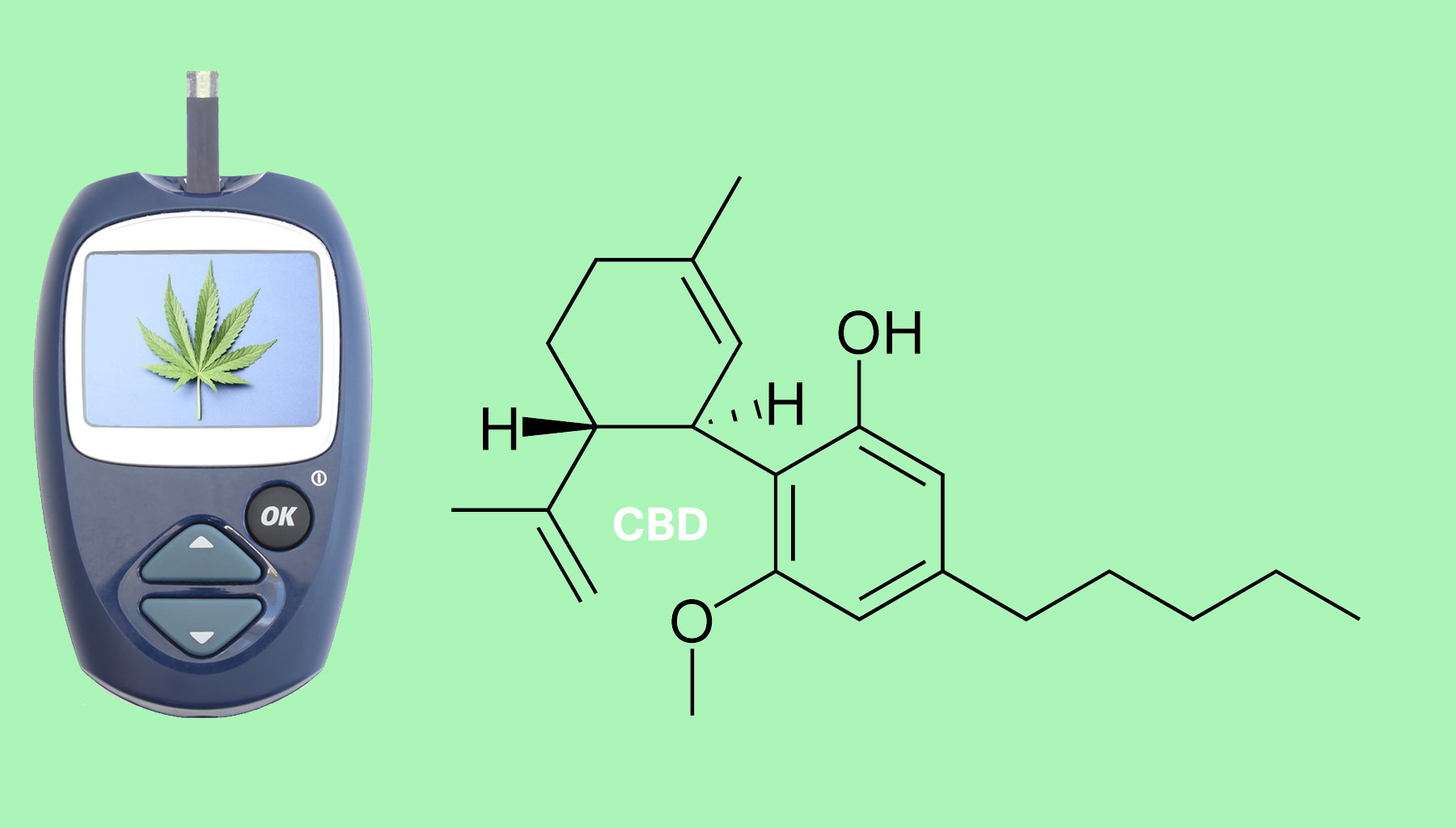Overcoming the stigma
By James Kerr, M.A. Clinical Counselor

As a mental health therapist, I am conflicted when considering recent progress within the cannabis movement. Legalization in Washington and Colorado is historic. And campaigns such as British Columbia’s Sensible BC make it seem that it is only a matter of time before society as a whole comes to awareness about this miraculous plant. Yet every day in my role as a therapist, I am aware of the stigma and judgment cannabis users face when seeking health services.
This article will examine the stigma in two parts. Part I is a fictional portrayal of a CTP (Cannabis for Therapeutic Purpose) user attempting to access health services. Part II will examine the effects stigmatization has on the CTP user, as well as actions underway to expose, educate and empower the cannabis movement.
Part I:
Allow me to paint a picture familiar to many readers, which plays out every day between patient and health care professional. I will draw the example of a cannabis user seeking mental health treatment.
Pat is a cannabis user who has been struggling for years with mental health concerns (possibly depression, anxiety, self-esteem, work or relationship concerns). He has finally gathered the significant courage required to seek help for his problems.
Pat does not feel his CTP use negatively impacts his life in any way. His wife is an occasional user and is well aware of her husband’s use. If asked, Pat would identify a change of perspective and relaxation as the main benefits of his CTP use.
All is going smoothly as the therapist gathers information, when the question arises, “Tell me of any alcohol or illegal drug use.” At this point Pat has a decision to make.
Let’s explore two scenarios:
Scenario #1
Pat has been completely honest throughout the intake interview and decides to admit to his CTP use. Disclosing his cannabis use seems minor compared to some personal information he has already shared. Pat replies, “Yes I use cannabis regularly.” The tone of the counselor’s voice changes, there is an energy shift in the room, and Pat is shocked by the amount of follow-up questions he is asked, “How often?”, “How much?”, “How long?” and “Do you use any other illegal drugs?”
Scenario #2
Pat lies and denies using cannabis for fear of being stigmatized. He tests the waters by saying, “May of have tried marijuana once or twice but nothing major.” The therapist breathes an audible sigh of relief and the initial interview finishes up shortly thereafter.
In Scenario #1, it is likely Pat will be refused treatment. Even though the reason he sought out therapy in the first place has nothing to do with his cannabis use he will be advised to seek addiction counseling.
In Scenario #2, Pat significantly downplays the role cannabis plays in his life. From this perspective the therapist has no reason to explore major aspects of Pat’s physical, mental, and spiritual life as they relate to CTP use. As a result, the counselor-client relationship where trust, openness, and honesty should be paramount, has already been damaged due to Pat’s legitimate fear that he will be stigmatized because of his medicinal cannabis use.
These are just two scenarios out of many possible outcomes, based on my experience in health care and the many CTP users that I have interviewed. Honest, balanced conversations about cannabis use rarely occur with health care professionals. Too often such conversations are one-sided, (due to a power imbalance) and are of a punitive nature. Common misinformation includes: gateway drug theory, cannabis and psychosis, increased potency of cannabis, cannabis as bad medicine, etc. A health care professional may encourage the individual to immediately start working to reduce their cannabis use or, worse, refuse mental health treatment until the cannabis user is “clean” or recovered from their “illegal addiction”.
To better understand Pat’s dilemma, one must more closely examine how social stigma affects the CTP user. Social stigma is defined as: “The phenomenon whereby an individual with an attribute which is deeply discredited by his/her society is rejected as a result of the attribute” (Goffman, 1963). The rejection of CTP through social stigma is only now being researched and examined.
Part II
CTP users find themselves in a real life Catch-22: either they reject the benefits of medicinal cannabis in order to conform, or face the threat of stigmatization. In a recent study, “Perceptions of cannabis as a stigmatized medicine”, Bottorff et al., write, “In order to achieve the benefits of cannabis use, participants had to negotiate social censorship, disapproval, threats, and isolation” (2013). Any respite found in the relief of physical and mental health symptoms is quickly replaced by seeming deviant in the eyes of friends, family members, law enforcement and health professionals.
In truth, the stigmatizing label of “illegal drug user” is just one of many unjust labels with which CTP users are burdened. A majority will experience stigmatization on multiple fronts due to: gender, sexual orientation, race, socio-economic status, mental illness, communicable disease, chronic or terminal illness. In his study focusing on the oppression and stigmatization of medicinal cannabis users, Victoria-based Philippe Lucas found such treatment by society can lead to feelings of helplessness, depression, anxiety, and a general lack of motivation to overcome the imposed oppression (2010). One must become educated and empowered in order to combat such oppression.
There has never been a more important time within the cannabis movement. While stigmatization is all too common, access writing and research regarding CTP is only a click away. The Bottorff et al., study quotes the views of CTP users about where the conversation should be headed. They write, “One man (aged 42, daily user, AIDS) argued that if the perception of cannabis was to change to being a therapeutic agent rather than a recreational drug, much would be improved:
“It’s that stigma attached to pot. That lovely word pot has such bad condemnation [sic] to it. Meanwhile people can pop sleeping pills left, right, and center, and nobody thinks anything of it. So it’s a perception. When we can change that perception of what this is and what the approach is [cannabis as therapy], the battle is half won. [It would help for] people to talk about the issue, get proper information out there, and if you can stack the seats with informed people and reach out to a community where you need to reach out to, then you can start the process.” (2013)
This conversation has begun, but education needs to be deliberate and focused if viewpoints can be shifted away from fear and stigmatization and towards knowledge and acceptance.
CTP users today bear the responsibility of demonstrating user behavior that is beyond reproach. That means taking the personal responsibility of being a role-model for cannabis use in spite of resistance. As Bottorff et al., report, “Leading by example was what one participant (aged 42, daily user, HIV/AIDS) believed he could do to change society’s perceptions of him and his CTP use.
“I can only do what I can do for myself and present myself and approach my life in the way that shows that I am not a drug addict. I am not a detriment to society. I’m actually trying to be a part of society but I am kind of running into a lot of roadblocks. I know how the world works. It happens slowly, very slowly, and usually it’s one or two or three people who start and take it somewhere and then other people build on it. That’s all you can do.” (2013)
As ever, educating society can be achieved in various ways: informing government officials about shifts in perspective, writing letters to the editor and other submissions to news outlets, and participating in informed discussions. As an example, the Sensible BC campaign has the potential to dramatically change the cannabis policy in British Columbia permanently. I feel it is the duty of every cannabis user to become involved.
By helping the movement you will in return help yourself. Philippe Lucas asserts that users who, “regain a sense of control over their conditions and treatment options […] are much more likely to successfully adapt to the physical, mental and social challenges they face, including social stigma and resistance from the medical community” (2010, p.163). Many individuals have chosen to become CTP users for a variety of reasons; once they accept themselves as users, they become an inspiration to others.
In summary, be proud of what you have accomplished and that you have made the right choices for your needs—acknowledge that you are pioneers. You are living in a time where you can change history. Accept that you are stigmatized against but gather strength from knowing a critical mass has been reached—and when we unite our voices, we will have power to change the way the world views cannabis.
Bottorff JL, Bissell LJL, Balneaves LG, Oliffe JL, Capler NR and Buxton J, (2013). Perceptions of cannabis as a stigmatized medicine: A qualitative descriptive study. Harm Reduction Journal 2013, 10:2.
Goffman, E., 1963. Stigma: Notes on the management of spoiled identity. Englewood Cliffs, NJ: Prentice-Hall.
Lucas, P., 2010.Patient-centered strategies to counter stigma, oppression and forced incarceration in the C/S/X and medical cannabis movements. Interface: a journal for and about social movements. Vol. 2 (2), pp. 149-167.




